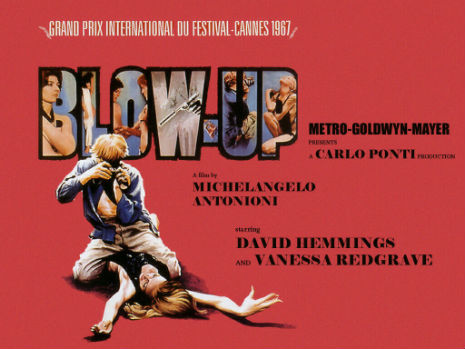
The actor Peter Bowles was delighted when he was cast in Michelangelo Antonioni’s Blow-Up, as his character had a speech upon which the whole film hinged.
Bowles was to deliver this killer speech in a scene towards the end of the movie, when the film’s star David Hemmings sought out Bowles’ wasted character at a party. When it came to the day of filming, the actor was stunned to see his speech had been excised from the script. As Bowles described it in The Guardian in 2005, “in my innocence, and no doubt arrogance, I thought that a terrible mistake had been made. So I said [...] that Antonioni mustn’t cut that speech, that it was essential to the whole film. I demanded to talk to him about it.”
Antonioni was grace itself, quite beautifully mannered. He said, “Peter, you are worried because I have cut this speech. Could you tell me why you are so concerned?”
So I launched into an explanation of why he shouldn’t cut the speech. He listened, and listened, until finally I ran out of words. There was silence. So I said, “Erm, sir, are you going to put the speech back in now?”
He replied, “No. Because, Peter, you have explained to me exactly why I should cut it. If I leave the speech in, everyone will know what the film is about, but if I take the speech out, everyone will say it is about this, it is about that, it is about the other. It will be controversial.” So it was cut.
But there is a speech, which I have, which explains exactly what the film is about. It is all there in the film, if you know where to look…
It was not the only time Antonioni had excised meaning or a central plot element from his films. The removal of a satisfactory denouement in L’Aventurra so confused audiences that it was mercilessly booed at its first screening in Cannes, reducing director and its glamourous star, Monica Vitti, to tears.
When Antonioni started making films in the early 1950s, he decided that he had to be different from his fellow Italian film-makers, who had aligned themselves to making Neo-Realist films, such as Bicycle Thieves, which focussed on an individual’s relationship with society.
I had arrived a little late on the scene, at a time when that first flowering of films, though still valid, was already beginning to show signs of exhaustion, Consequently, I was forced to stop and consider what subject matter was worth examining at that particular moment, what was really happening, what was the true state of things, what ideas were really being thought.
And it seemed to me that perhaps it was no longer so important [...] to examine the relationship between the individual and his environment, as it was to examine the individual himself, to look inside the individual and see, after all he had been through (the war, the immediate post-war situation, all the events that were currently taking place and which were of sufficient gravity to leave their mark upon society and the individual) out of all this, to see what remained inside the individual, to see, I won’t say the transformation of our psychological and emotional attitudes, but at least the symptoms of that restlessness and behavior which began to outline the transitions that later came about in our psychology, our feelings, and perhaps even our morality.
Antonioni approached film-making like an author examining the character, and how best to represent and develop a character on screen.
He also wanted to find a different way to tell his stories, something he had learnt from his time as a documentary filmmaker.
Antonioni would keep the camera running long after the actors had delivered their lines. He claimed it made the actors relax and behave more naturally, more spontaneously, as they were caught unguarded, while the over-extended pause created tension.
His actors were filmed in an exacting way, by which the framing would best explain something about their character. As Antonioni once wrote:
A line spoken by an actor in profile does not have the same meaning as one given full-face. A phrase addressed to the camera placed above the actor does not have the same meaning it would if the camera were placed below him.
Or, as Peter Bowles explained:
He wanted me to use an upward inflection on my line, which didn’t make any sense to me at all, but I was trying to do it. I have never had such close coaching from any other director, and many actors wouldn’t stand for it.
Finally, on take 13: “Cut. Print. Good. Peter, come with me.”
So he took me off set and said to me, “Peter, I understand. You wish to show the world what a fine actor you are.”
He got that right.
“When you work with other directors you give them your performance and they film it. Not with me, Peter. You see I have chosen you for how you look. I have chosen all your clothes. If I move my camera six inches, I would ask you to do that line in a different way.”
Upon this, he put his arms around me and held me close to him and said, “Peter, believe in me. Trust me. I am not God, but I am Michelangelo Antonioni.”
Blow-Up contains many of Antonioni’s trademark tropes and themes: the isolation of the individual in modern society (Hemmings’ character and his failure to connect with others); the inability to communicate successfully with other people (as seen explicitly in the party scene between Hemmings and Bowles); the disenchantment and boredom with modern life (the audience at the pop concert, the models being photographed, the party); the lack of cultural or historical significance in modern life (the crowd fight for Jeff Beck’s broken guitar neck, Hemmings fights for and wins it, then discards it in the street).
The only passion Hemmings louche fashion photographer finds is in his search for a possible murder—a passion which is ultimately taken from him. While the film’s ending (the mimed tennis match) suggests individuals only engage with that which they think see, everything else is shrugged-off with indifference—this was reflected at the time with the nightly bulletins of death, murder and destruction in Vietnam, watched by families eating their TV dinners around tables or off trays.
Blow-Up was regarded as a hip, cool and sexy film upon its original release (much was made of its so-called orgy scene), but at its heart is Michelangelo Antonioni’s pessimistic and ironic regard for life, which cuts through the swinging sixties froth to reveal the film’s seriousness of purpose and cultural relevance five decades on.

















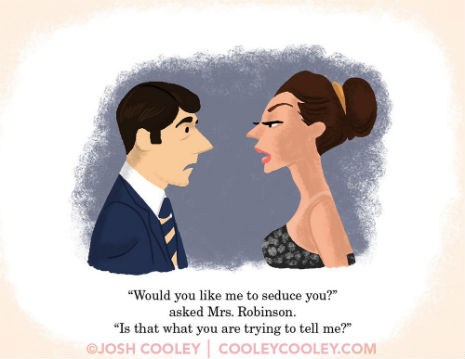
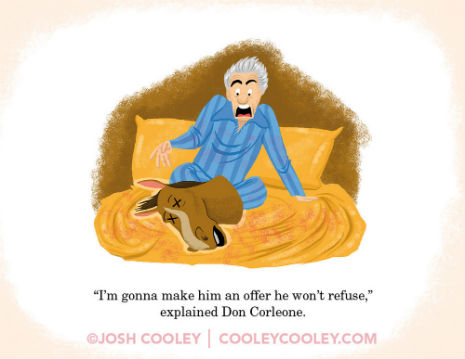 The Godfather
The Godfather 
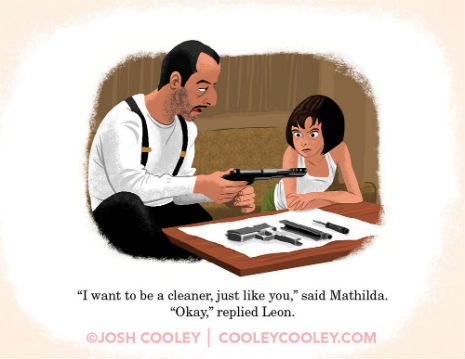
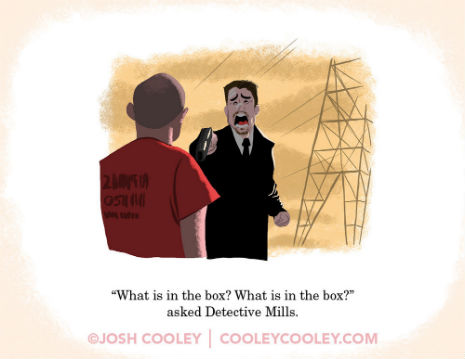


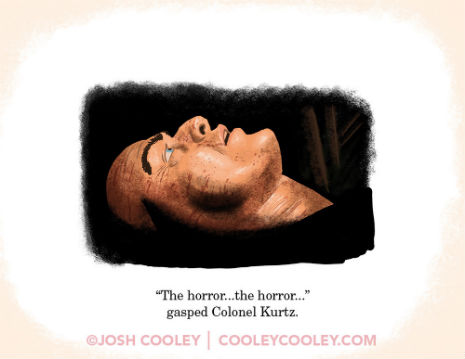
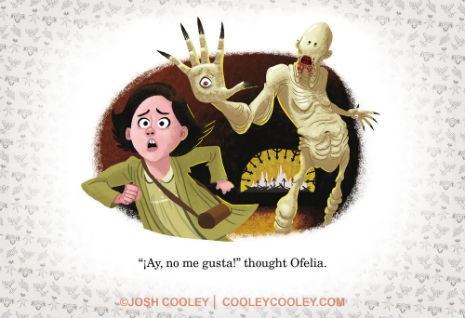
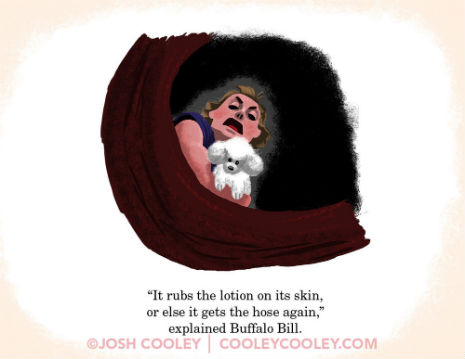




_Japan.jpg)
